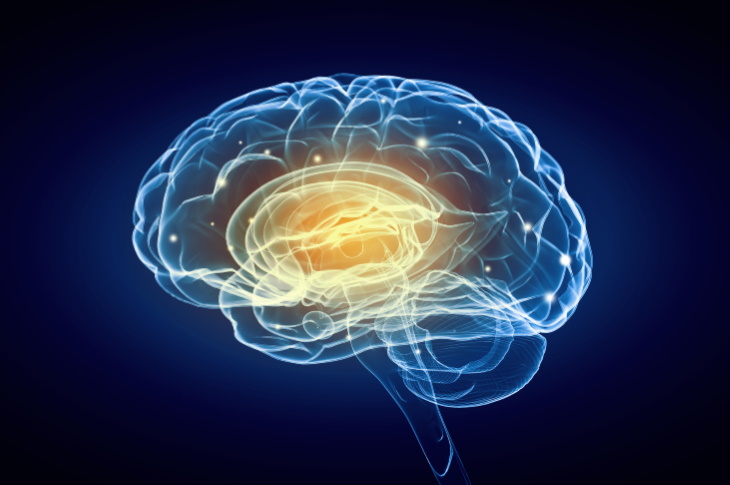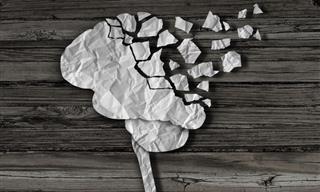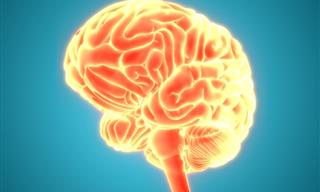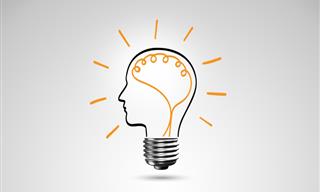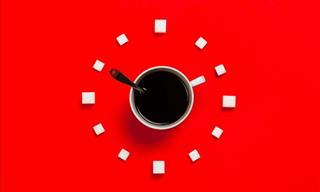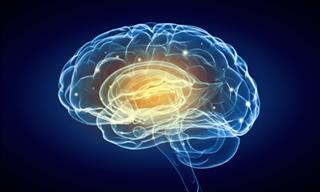Seniors experienced a lasting memory improvement after this experimental brain treatment. A team of cognitive neuroscientists from Boston University showcased that non-invasive brain stimulation with low-intensive electrical currents can improve memory for a whole month. Read on to review the research in detail.
A non-invasive method to revitalize memory
The study, published in the August 2022 issue of the journal Nature Neuroscience, used a non-invasive brain stimulation technique called transcranial alternating current stimulation (tACS) to boost the memory of 150 participants aged 65-88.
What is tACS?
With the help of a device that sits on the scalp, electrical currents are directed at specific brain regions. tACS uses low-intensity currents in limited areas and is considered safe, painless, and virtually free of any side effects, other than minor scalp irritation or itching and rarely light flashes during the treatment.
The device works by changing brain oscillations (natural, continuous brain rhythms) and impacting a specific brain function or brain disease; in this case - memory.
Two types of memory
The study of memory is a complicated subject, but briefly, previous studies suggest that different types of memory are controlled by separate parts of the brain:
- Long-term memory responds by stimulating a frontal brain region called the dorsolateral prefrontal cortex with high-frequency electrical currents.
- ‘Working’ memory (a type of memory that stores information transiently) is activated via a low-frequency electrical current to the inferior parietal lobe, which is located in the back half of the brain.
The impressive results
Therefore, the study in question divided the participants into separate groups corresponding to each type of memory. Each participant has undergone 4 consecutive sessions of tACS that were accompanied by a 20-minute memory task, in which they had to recall 20 words read aloud by a researcher.
As expected, the participants who received tACS to the dorsolateral prefrontal cortex showcased an improved ability to remember the first part of the list of words because this task relies more on long-term memory. The participants who received low-frequency stimulation of the inferior parietal lobe found it easier to recall words from the second half of the list, a skill that relies more on working memory.
Not only that - the participant's performance on the memory task improved with every session, and a follow-up after a month revealed that the beneficial effect had persisted. The people who had the lowest cognitive function before the experiment showcased the greatest improvement in memory.
Of course, several unanswered questions are yet to be answered. For instance, we still don’t know if the positive effect persists for a longer time - a question the team looks forward to answering next. The researchers also plan on expanding their work to see if tACS can improve memory in people with conditions like dementia and Alzheimer’s disease.
H/T: Nature, Neuromodec.org
 Go to BabaMail
Go to BabaMail


